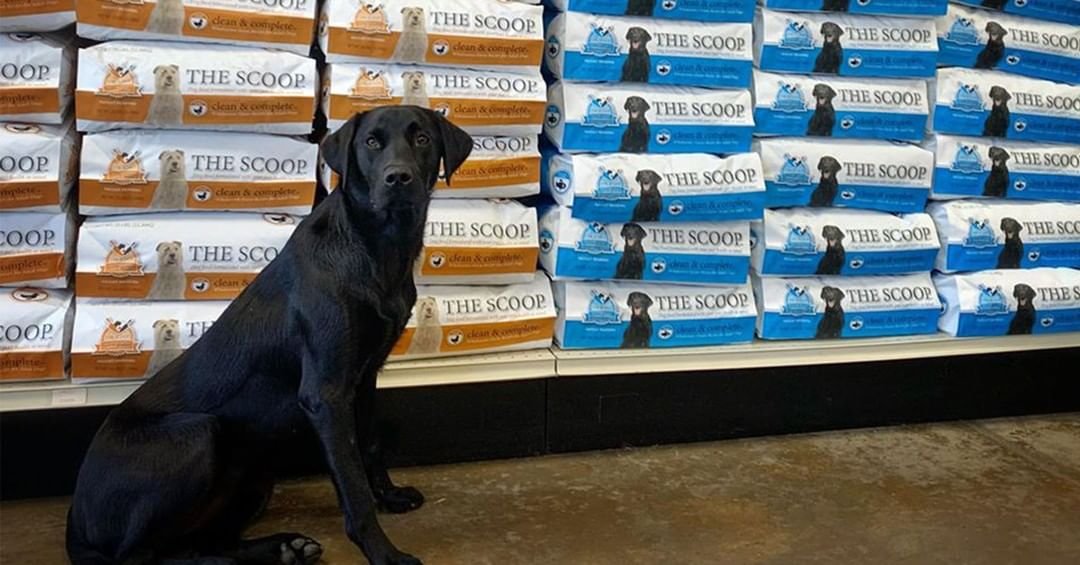The Inside Scoop: Deciphering Dog Food Ingredients

When it comes to our furry friends, ensuring their health and happiness is a top priority. One of the most crucial aspects of their well-being is their diet. However, navigating the world of dog food can be daunting, especially with the plethora of options available. From kibble to raw, organic to grain-free, the choices are endless. Understanding what goes into your dog’s food can make a significant difference in their overall health. So, let’s delve into the world of dog food ingredients and uncover the secrets to making the best choices for your beloved pet.
The Building Blocks of Dog Food
At the heart of every bag or can of dog food are its ingredients. These ingredients are the building blocks that provide the necessary nutrients for your dog’s growth, energy, and overall health. A typical dog food label lists ingredients in descending order by weight. This means the first few ingredients are the most prominent in the formula.
Proteins: The Essential Foundation
Proteins are vital for your dog’s health, as they support muscle development, repair tissues, and provide energy. High-quality dog food should list a specific animal protein, such as chicken, beef, or salmon, as the first ingredient. Avoid vague terms like “meat” or “meat by-products,” as these can be of lower quality and less digestible.
Fats: Energy and Skin Health
Fats are another critical component of dog food, providing concentrated energy and aiding in the absorption of fat-soluble vitamins. Look for named sources of fat such as chicken fat or fish oil. These not only supply energy but also support skin and coat health, keeping your dog’s fur shiny and soft.
Carbohydrates: The Energy Sustainers
Carbohydrates in dog food come from grains, legumes, and vegetables. They provide a quick source of energy and are essential for a balanced diet. Whole grains like brown rice and barley are excellent sources of carbohydrates and fiber. However, some dogs may have grain sensitivities, making grain-free options with sweet potatoes or peas a better choice.
Vitamins and Minerals: The Micronutrient Powerhouses
Vitamins and minerals are the unsung heroes of dog food. These micronutrients are crucial for various bodily functions, including bone development, immune support, and metabolic processes. Ensure your dog’s food includes a comprehensive mix of vitamins (A, D, E, K, and B-complex) and minerals (calcium, phosphorus, potassium).
Additives and Preservatives: The Necessary Evils
Preservatives are added to dog food to extend shelf life and prevent spoilage. While some preservatives are necessary, it’s best to opt for foods with natural preservatives like vitamin E (mixed tocopherols) and vitamin C (ascorbic acid). Avoid artificial preservatives such as BHA, BHT, and ethoxyquin, which have been linked to health concerns.
Reading Between the Lines: Decoding the Label
Understanding the ingredient list is just one part of deciphering dog food. It’s equally important to grasp the guaranteed analysis and nutritional adequacy statement.
Guaranteed Analysis: The Nutritional Snapshot
The guaranteed analysis provides a snapshot of the nutrient content in the dog food. It lists the minimum percentages of crude protein and crude fat, and the maximum percentages of crude fiber and moisture. This helps you compare different foods and choose the one that best meets your dog’s needs.
Nutritional Adequacy Statement: Ensuring Balanced Nutrition
The nutritional adequacy statement tells you if the dog food is complete and balanced for your dog’s life stage. Look for statements like “This food is complete and balanced for all life stages” or “This food is formulated to meet the nutritional levels established by the AAFCO Dog Food Nutrient Profiles.” This ensures your dog is getting all the necessary nutrients.
The Role of Specialized Diets
Every dog is unique, and their dietary needs can vary based on age, breed, health condition, and activity level. Specialized dog food diets cater to these specific needs.
Puppy Food: Fueling Growth
Puppies have different nutritional needs compared to adult dogs. Puppy dog food is formulated with higher levels of protein, fat, and certain minerals to support rapid growth and development. Look for formulas that support brain development and have a balanced calcium to phosphorus ratio.
Senior Dog Food: Supporting the Golden Years
As dogs age, their metabolism slows down, and they may require fewer calories. Senior dog food is designed to support joint health, maintain muscle mass, and provide easy-to-digest ingredients. Look for foods with added glucosamine and chondroitin for joint support.
Grain-Free Diets: Addressing Sensitivities
Grain-free dog food has gained popularity, especially for dogs with grain allergies or sensitivities. These diets replace grains with alternative carbohydrate sources like sweet potatoes, lentils, and peas. Ensure that the grain-free food you choose is balanced and does not rely too heavily on one type of vegetable protein.
Prescription Diets: Managing Health Conditions
For dogs with specific health issues, such as kidney disease, diabetes, or food allergies, veterinarians may recommend prescription dog food. These diets are formulated to manage specific health conditions and are usually only available through a veterinarian’s prescription.
Making the Switch: Transitioning to a New Dog Food
Switching your dog to a new dog food should be done gradually to avoid digestive upset. Start by mixing a small amount of the new food with the old food, gradually increasing the new food’s proportion over a week. Monitor your dog for any signs of digestive issues, such as diarrhea or vomiting, during the transition.
Conclusion: Empowering Choices for a Healthy Life
Deciphering dog food ingredients can seem like a daunting task, but with a bit of knowledge and understanding, you can make informed choices that support your dog’s health and well-being. Always prioritize high-quality ingredients, avoid unnecessary additives, and consider your dog’s specific dietary needs. By doing so, you’ll ensure that your furry friend enjoys a happy, healthy life filled with vitality and joy.
